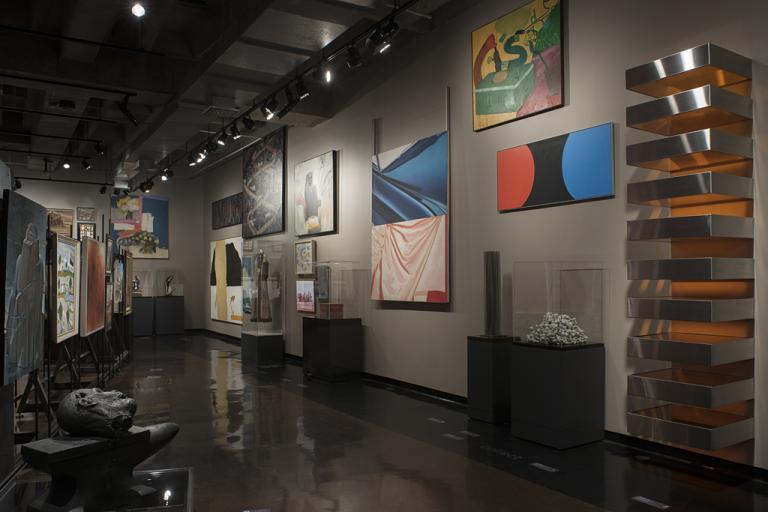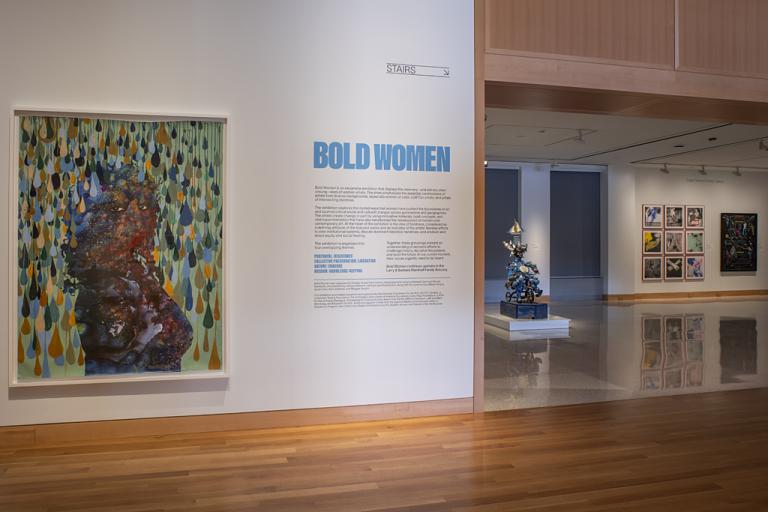Personal Appearance #3, Miriam Schapiro
Artwork Overview
Miriam Schapiro, artist
1923–2015
Personal Appearance #3,
1973
Where object was made: United States
Material/technique: acrylic; collage; canvas; fabric
Credit line: Collection of Marilyn Stokstad, gift from Anna Leider
Accession number: 2020.0076
Not on display
If you wish to reproduce this image, please submit an image request











